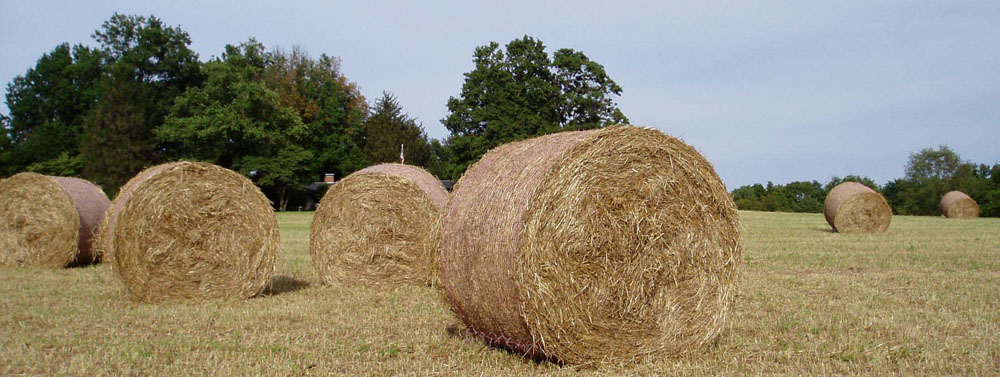Technology and Hog Manure Utilization
The most successful manure producers are also the most creative manure users. Or at least they are creative in facilitating the use of manure by others. Being awesome is a lot of work.
- Recall that technology is defined as y=f(x). Outputs are a function of inputs.
- That manure is defined as unused corn and soybeans.
In the late 1990’s, at the turn of the last century, the US. EPA was working on regulating livestock manure from Concentrated Animal Feeding Operations (CAFO’s). Yes, I was wading through manure politics. A large contingent seemed to think producing lots of poorly managed manure was intentional. While the larger problem was that it was simply poorly understood.
This chart was developed to illustrate that manure can be a liability, unless it is processed into a good that is in demand by someone else. If the treatment technology installed on the farm actually processed the unused corn and soybeans into nutrients or energy that had more value, it became a source of revenue rather than a liability. Different outcomes controlled by technology.
This is not possible if manure cannot be transformed. The US EPA defines manure as nearly anything that has ever had manure in it at one time. It cannot be transformed. Even the culture around the term treatment is biased. We ‘treat’ wastes (without value) and we ‘process’ inputs into value-added products. But both treatment and process are synonyms for technology, or y=f(x).
The political energy that was labeled the CAFO Rule got lost in the politics. While this chart from 25 years ago is still relevant, the federal amendment to the Clean Water Act, known as the CAFO Rule never advanced. EPA wrote two rules. Both were challenged in court by the farming and environmental communities and were found to violate the existing laws. The third notice of CAFO Rulemaking can be paraphrased as, “we are finished writing CAFO Rules.” The beauty of this story is that by the time the third rule was written, the livestock industry had figured out how to reformulate feed and even poorly managed manure became less environmentally disruptive.
All of the products from hog manure in the lower right corner are fairly intuitive, but they are not as great a priority to hog producers as producing hogs. But with support, education, and a little encouragement, the ability to move large quantities of waste nutrients into potential revenue streams is not out of reach. It just takes a bit of technology management.
Efficient utilization of manure does not necessarily take large investments. The most interesting production facilities move surplus manure into new applications without a single step. They appear to nearly make manure go away, because it is needed in the next application and the entire system works toward that end.
Technology is a tool. Manure technologies advance the supply side decisions. Putting in a manure conversion process that is cool but produces nothing of value is just an expensive ‘better mousetrap’. But technology is an empowering tool that can make production and environmental liabilities go away.



Comments
Technology and Hog Manure Utilization — No Comments
HTML tags allowed in your comment: <a href="" title=""> <abbr title=""> <acronym title=""> <b> <blockquote cite=""> <cite> <code> <del datetime=""> <em> <i> <q cite=""> <s> <strike> <strong>